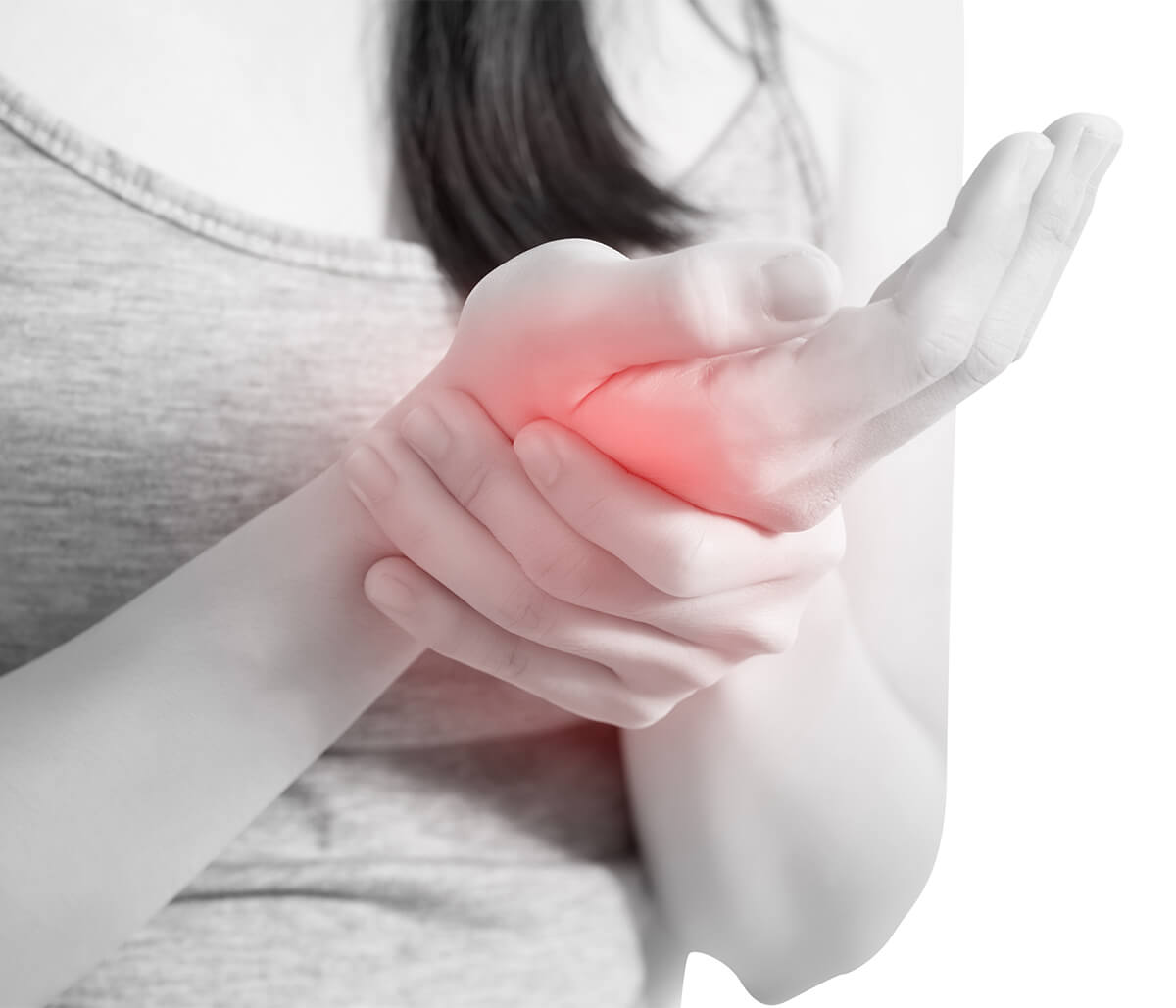Trigger Point Injections
Trigger point injection (TPI) may be an option for treating pain in some patients. TPI is a procedure used to treat painful areas of muscle that contain trigger points, or knots of muscle that form when muscles do not relax. Many times, such knots can be felt under the skin. Trigger points may irritate the nerves around them and cause referred pain, or pain that is felt in another part of the body.
In the TPI procedure, a health care professional inserts a small needle into the patient’s trigger point. The injection contains a local anesthetic or saline, and may include a corticosteroid. With the injection, the trigger point is made inactive and the pain is alleviated. Often, a brief course of treatment will result in sustained relief. Injections are given in a doctor’s office and usually take just a few minutes. Several sites may be injected in one visit.
Trigger point injections at Seaside Rheumatology and Wellness Center - Dr. Peter Lloyd

What are trigger point injections?
With trigger point injections, we are targeting areas of irritation within the surrounding muscles, particularly arthritic joints or irritated nerves triggering the irritated muscles.
The goal of trigger point injections is to minimize pain, muscle irritability, and spasms to reestablish normal posture and a range of motion.
What is the process of treatment?
The initial treatment is individualized and based upon the severity of the symptoms each patient experiences and, of course, the extent of their individual disability because of those symptoms.
The treatment goal for any patient that requires trigger point injections is not only to inject the trigger point itself but then to diagnose or come to a conclusion on the underlying cause for these issues.
Whether it be osteoarthritis, poor posture from long work days, or other inflammatory or autoimmune conditions that may be the underlying cause of this issue.
At Seaside Rheumatology, any patient that is evaluated for pain and trigger point injections will also be evaluated for these underlying causes.
Feel free to give us a call today to learn more about trigger point injections.










